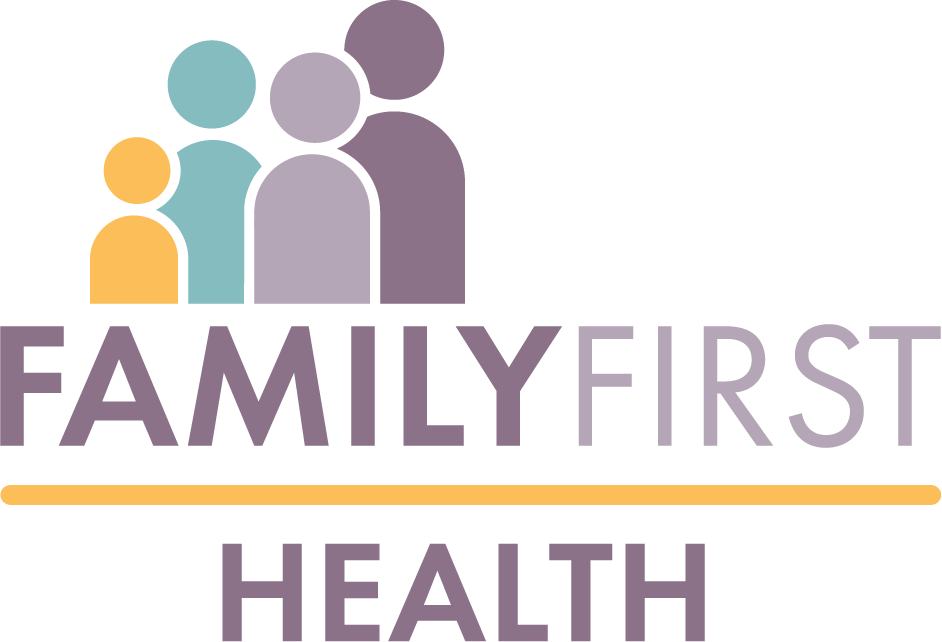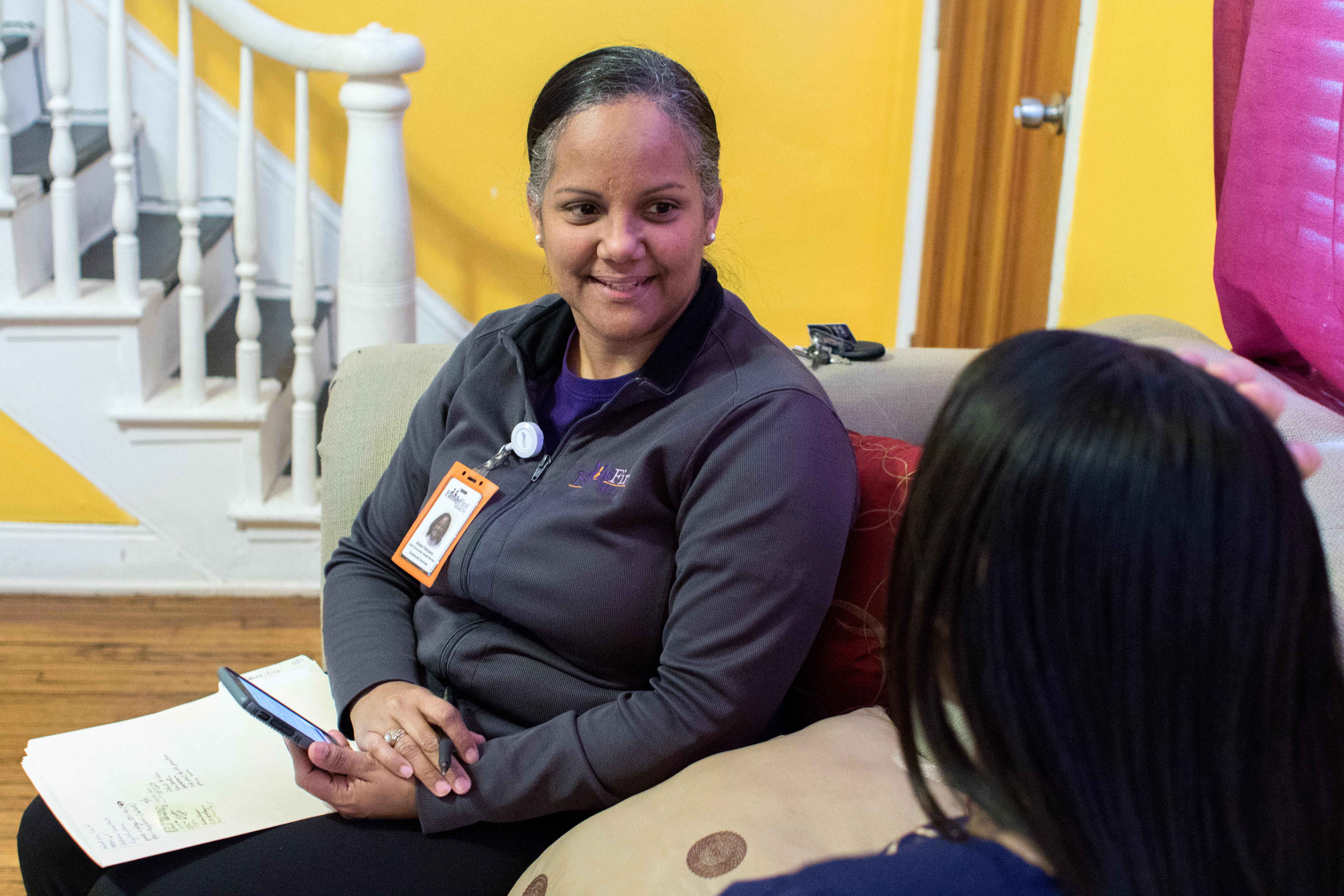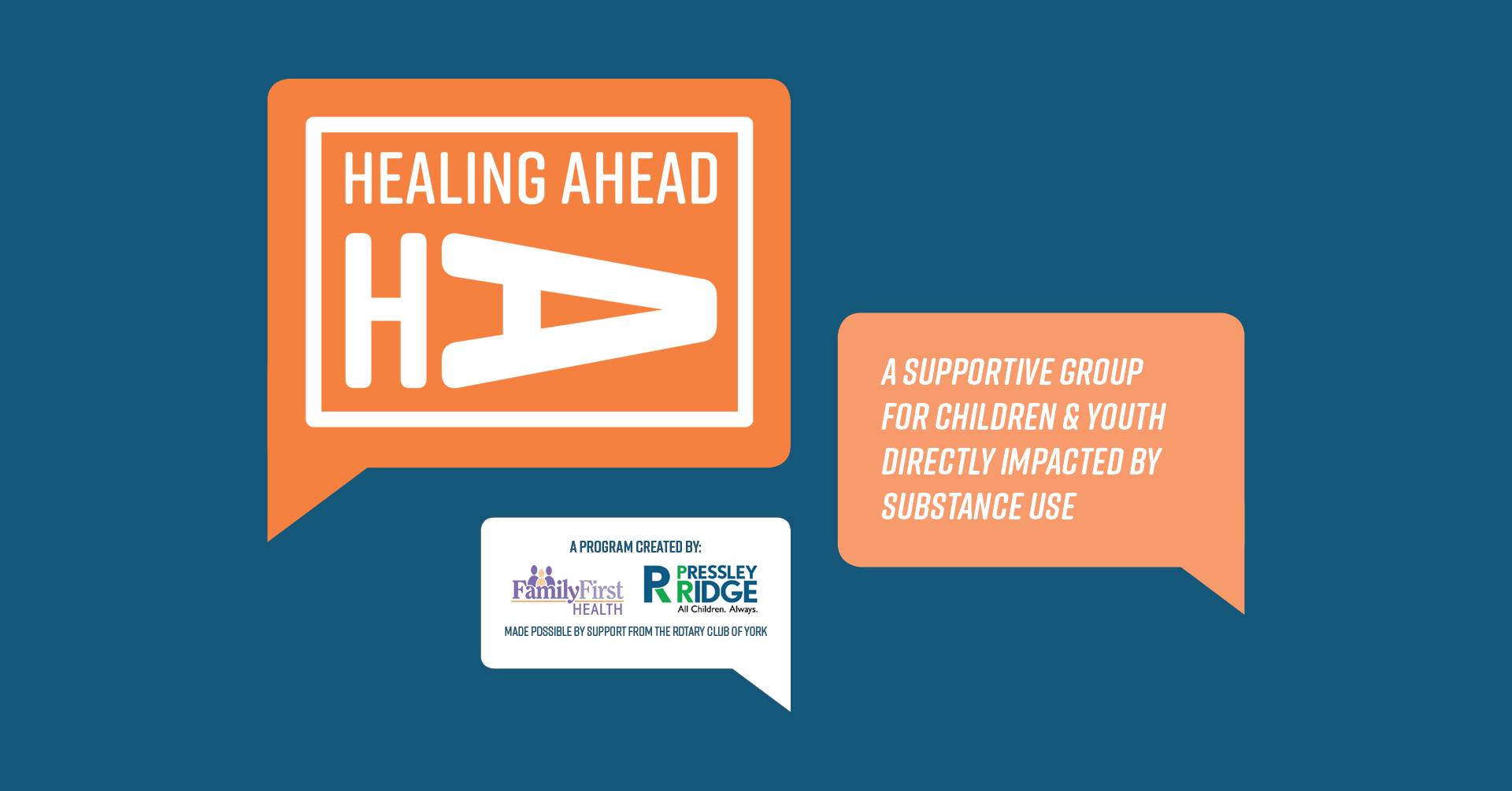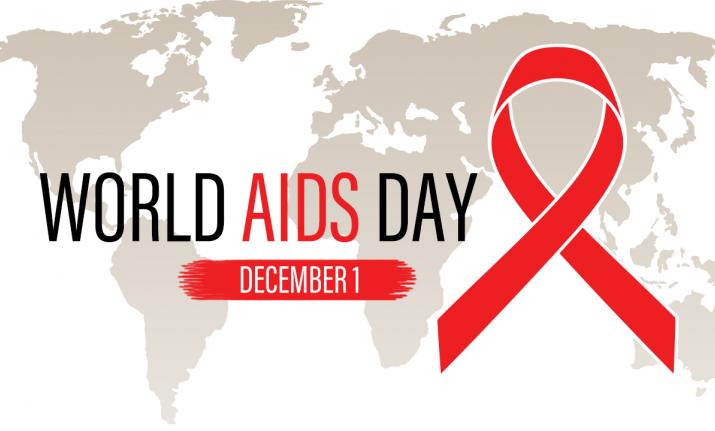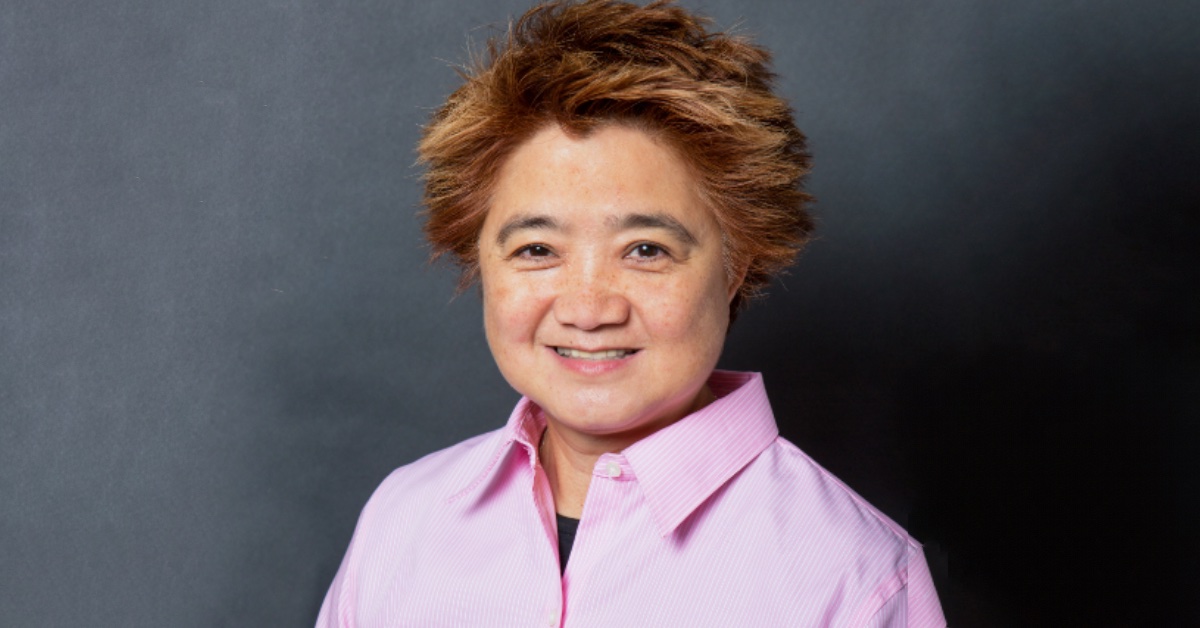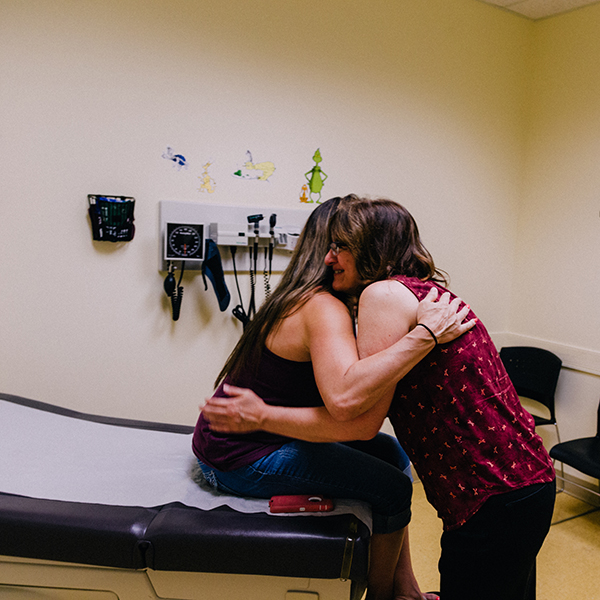Family First Health will begin providing access to primary medical care, behavioral health and other essential health services at the WellSpan Dixon Foundation Health Center, located at Fourth and Willow streets in Lebanon, beginning in early 2020.
Read more here: Constructions begins on new community and wellness center in Lebanon
